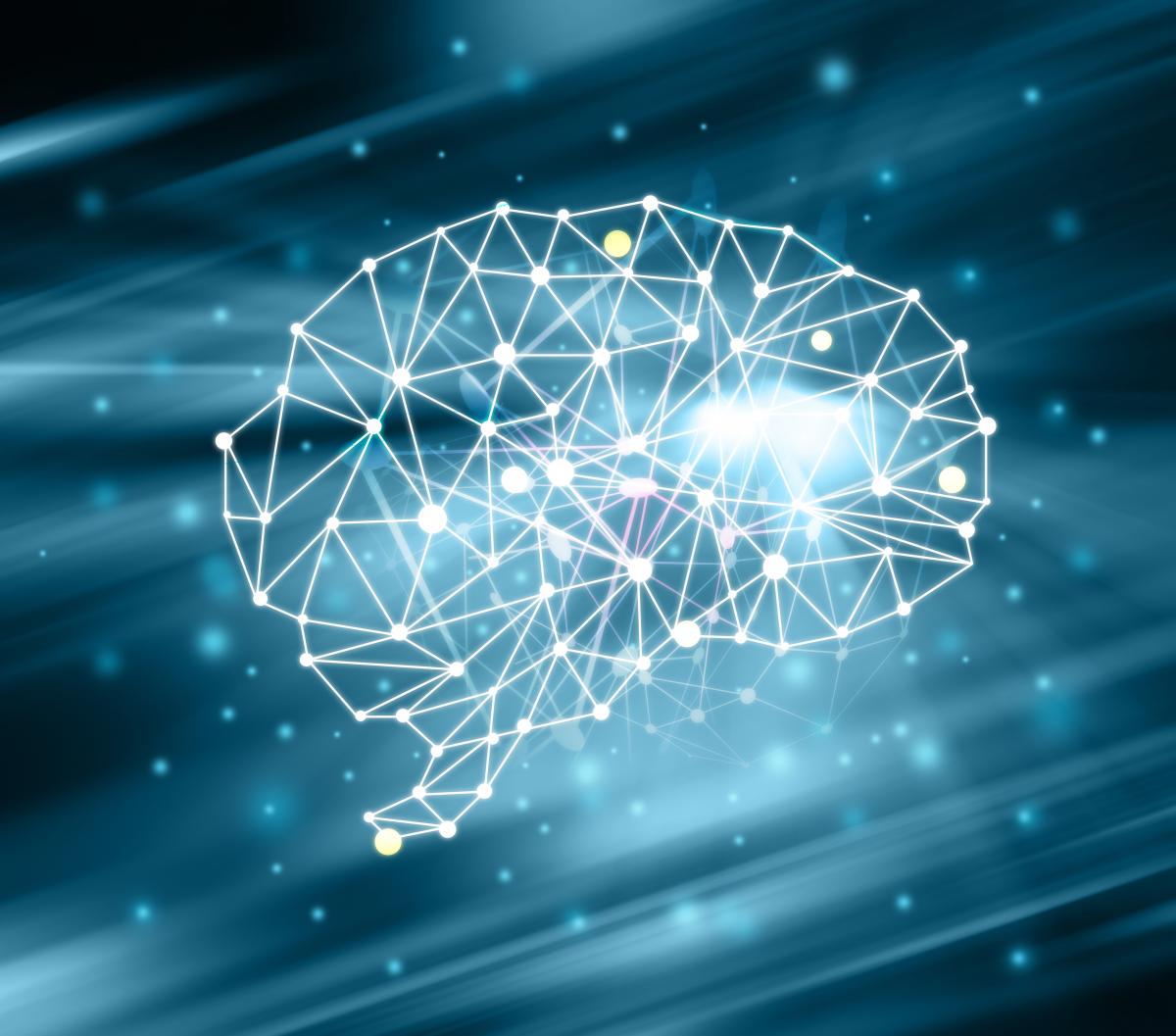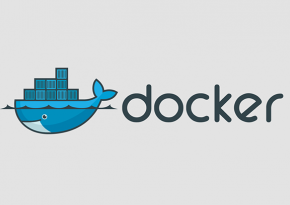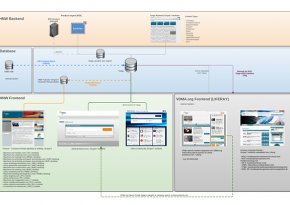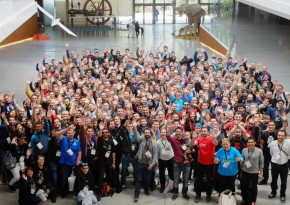Machine Learning – A future technology on its way into everyday life

What do self-driving cars, Google Translate, digital cameras and an e-mail program have in common? All of them are using „artificial intelligence“ in the form of self-learning software components to evaluate the traffic situation, analyze translation examples, recognize faces or discard spam e-mails.
The list can go on: weather forecasts, antivirus software, genetic analysis, credit checks. But what does this have to do with Marketing and IT? Even in Marketing machine learning plays an increasingly important role. This goes for e.g. conversation rate prognosis when placing ads, segmentation of consumers and generally the topic of marketing automation.
What can machine learning do?
When software takes over complex tasks, behind the scenes there is almost always machine learning at play, because:
- Usually the way to a correct solution cannot be found with simple if-then rules. People can, for instance, not drive a car because they can master traffic regulations but because they have driving experience.
- Usually many different characteristics of a situation are relevant for a decision at the same time. For example, we almost never recognize a face because of three or four individual features, but because of a combination of a number of characteristics.
- Most times the input data for a decision is blurry, that means not perfect or partially incorrect – for instance because the sensors of the self-driving car are dirty or covered up or because a face is partially covered and is moving.
- On the other hand, a lot of “training data” is already available, that means examples from previous situations, under circumstances even with a correct or also incorrect solution, such as already known translations or with a credit score evaluated bank customer profiles.
These characteristics mark the application area of automated learning methods. They are able to derive models from data, which can make fault-tolerant decisions. These decisions are of statistic nature. They are usually only roughly correct – but can also be wrong. Nonetheless, these mistakes can often be reduced and restricted to certain situations. On top of that machine learning solves problems what would not be solvable otherwise. So mistakes are acceptable.
History and current status
Since machine learning practically offers a panacea for most problems of artificial intelligence, it has already been intensively researched since the sixties. Basically, there are three approaches: Trying to re-create the adaptive neuronal network structure of the brain, developing specialized mathematical-statistical processes (vector models, clustering) or equipping decision-making rules with automatically determined weights, priorities and sequences (decision trees). With the early 2000’s a broad commercial use began, made partially possible through fast computer and storage capacities. But the real breakthrough is happening now – for several reasons:
- With the „deep-learning“ technology a process has been developed over the last few years with which neuronal networks can learn considerably more complex connections than before. You can prove the effect of this advancement by comparing the quality of voice recognition of a two-year old smart phone and a current device.
- The strained catchword „Big Data“ can provide solutions for the management and processing of data volume that can put the results of machine learning up to a new level of quality.
- Practically all big names (such as IBM, Google, Microsoft, Amazon) have, over the last few months, made standard libraries or Cloud solutions available, with which machine learning can be used in practically every software without any expert knowledge.
So, next to scientific progresses a consolidation and standardization is currently happening, which will turn machine learning into an easily available „off-the-shelf“ component. This has always been the kickoff for big commercial use of new technologies.
In conclusion, let’s return to our original question with a very concrete example. What does all this have to do with marketing? Sitecore is currently working on integrating machine learning for automatic segmentation and persona-development in the sitecore backend with Azure ML. This example will spread and corresponding connections will be entering other CMS. This way, websites will soon be able to derive the best personalization from tracking data themselves.





